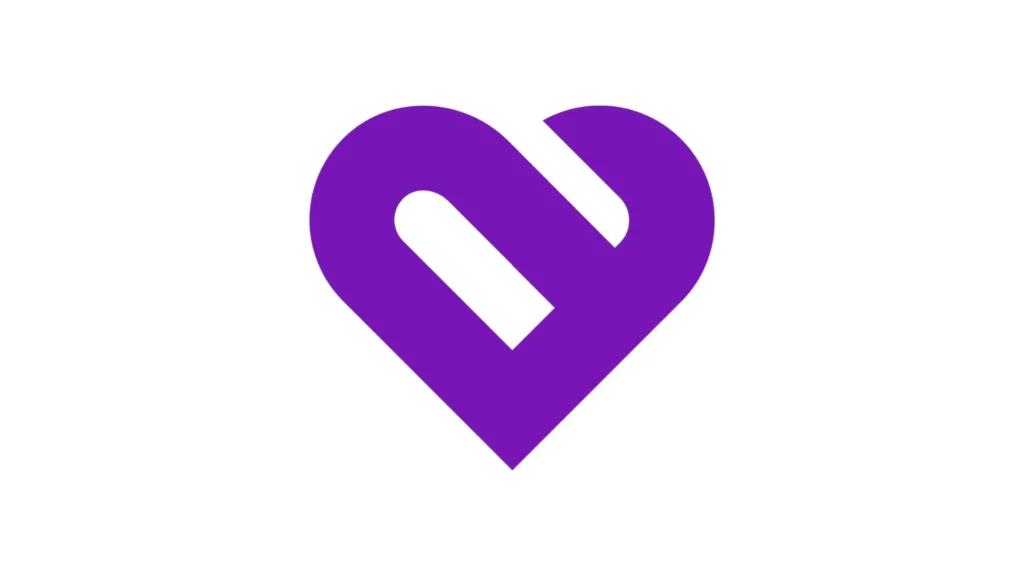At a Glance:
- Patient No-Show Rates Impact Healthcare: High patient no-show rates, ranging from 5.5% to 50%, negatively impact healthcare by preventing patients from receiving care and decreasing provider revenue.
- Financial Impact of Patient No-Shows: Patient no-shows cost the healthcare system billions, with a single missed appointment estimated to cost $200. In a $3.5 trillion industry, the total impact across the U.S. healthcare system amounts to approximately $150 billion annually.
- Strategies to Reduce No-Show Rates: To address and reduce patient no-show rates, healthcare providers can implement strategies that go beyond automated appointment reminders, including employing the patient’s preferred method of contact, proactively reaching out to reschedule through texts, offering digital check-ins, reducing the time between scheduling and appointments, and more.
Need help in reducing patient no-show rates or minimizing missed appointments?
High patient no-show rates, also known as missed appointments, negatively impact healthcare by preventing patients from receiving care and decreasing provider revenue. Patient no-show rates vary greatly across the U.S. healthcare system, ranging from 5.5% to 50%. The COVID-19 pandemic significantly contributed to this rate and even as hospitals and practices embraced telemedicine to provide care during the pandemic, patients still missed telehealth appointments due to a number of challenges, leading to an increase in missed appointments.
According to research, patient no-show rates can reach as high as 80% in problematic areas where multiple factors that drive patients to miss appointments are present. Patient no-show rates soar for a variety of reasons — logistics, emotional barriers, and sometimes simply just forgetting. Patients who tend not to show are often younger, of lower socioeconomic status, have psychosocial problems, and receive government-provided health benefits.
How to calculate your patient no-show rate
To calculate your no-show rate, divide the number of missed appointments by the total number of weekly appointments. For example, if your practice typically sees 100 patients each week, and you have 20 missed appointments, your no-show rate is 20 divided by 100, or 20 percent. No-show rate calculation results will differ for everyone, but the national average no-show rate is roughly 18 percent. During the pandemic, patient no-show rates soared across the U.S. healthcare network, and in some clinics, the figure rose to 36.1%.
Patient no-shows cost healthcare billions
Now that you know how to calculate a no-show rate, or missed appointment rate, you might have an idea how much a single missed appointment costs a provider. A particular study revealed that 67,000 instances of missed appointments can set back the healthcare system around $7 million. In a $3.5 trillion industry, every missed appointment represents a significant amount of lost revenue for healthcare systems. An average cost of a missed appointment is $200. Across the U.S. healthcare system, this translates to $150 billion every year. Unlike a cancellation, where staff could backfill the appointment, a no-show is lost revenue. And despite what some patients think, skipping an appointment doesn’t free up time in a provider’s schedule — it creates more administrative work for staff and prevents other patients from getting the care they need.
Patient communication is key to improving patient no-show rates or eliminating missed appointments
One area where health systems can control to actively reduce patient no-show rates is to improve patient/provider communications. One of the main causes of no-shows is patients lacking a convenient and easy way to communicate with providers. U.S. research has shown that up to 31.5% of no-shows fail to show up because of poor provider communication. Many providers still force patients to pick up the phone or use clunky portals. They fail to meet them in a digital medium that is easy, convenient, and multilingual. However, it’s been proven that when providers improve their patient communication methods, no-show rates do decrease. One study showed that reducing the no-show rate to 5% would increase revenue by nearly $51.8 million annually across the U.S. healthcare system.
Eight strategies to reduce patient no-show rates and minimize missed appointments
Here are eight strategies to reduce no-show rates and how they address some of the underlying reasons that drive patient no-show rates up. These strategies offer both immediate and long-term solutions you can implement to reduce your health system’s no-show rate.
1) Use automated patient appointment reminders
Perhaps the most effective strategy, and arguably the simplest for reducing patient no-show rates, is sending appointment reminders. Automated appointment reminders help bring down patient no-show rates and boost appointment confirmations. Leveraging automated text reminders will ultimately increase patient attendance via better scheduling and slot utilization.
Conducting outreach through text and email has a huge potential in reducing missed appointments. Text appointment reminders that are conversational — meaning patients can text you back — give patients a chance to confirm their appointment, get directions, ask questions, and adequately prepare for their appointment.
2) Use the patient’s preferred method of contact
Patients of all ages now use technology in every facet of their lives and expect more than robo-dialers, or one-way email and text systems from their providers. They want the convenience of choosing their preferred channel to communicate whether it be text messaging, phone, or email. Ask your patients their preferred method of contact for appointment reminders and other patient outreach.
3) Text patients to re-schedule
Proactively reach out to patients after they missed an appointment with an invitation to reschedule. Encourage them to text back or contact the office staff. Software features such as Artera Self-Rescheduling on the Epic App Orchard allow patients the ability to reschedule a medical appointment at their convenience.
4) Offer digital check-in and updates on scheduling issues
Healthcare consumers are busy people, so asking them to repeatedly wait long periods of time before an appointment may turn them into no-shows. Eventually, they may also become a lost patient if they find another provider who they perceive values their time. To save administrative time, many providers are continuing virtual waiting rooms practices created during the COVID pandemic or operating a hybrid version. Offering a touchless or digital check-in process will allow patients to pre-register and complete any screenings or paperwork before their appointments. For up-to-date information, conversational messaging allows patients and the medical staff to quickly communicate if there are any scheduling or time issues.
5) Reduce the time between scheduling an appointment and the actual appointment
How to improve no-show rates? Cut down the waiting time for your patients to get an appointment. Whether it’s reducing no-show rates in primary care or in specialized practice, patients want faster access to doctors, information, and medical services. Spending a significant amount of time in between appointments waiting to see their doctor can be a frustrating experience. Reducing no-show appointments means providers need to keep the waiting time short for their patients. The longer the time in between scheduling an appointment and the actual appointment, the more likely the patient is to no-show. Unfortunately, the problem is a bit of a chicken-and-egg scenario. Long wait times to see a provider increases no-shows, and no-shows contribute to longer wait times for other patients.
It is possible to reduce the time between patient scheduling and appointments for an entire practice if delays are identified and the scheduling process is optimized. A 2021 study by Lahey Hospital and Medical Center in Burlington, Mass., managed to cut down their outpatient waiting time by a significant margin. After pinpointing the causes of delays, Lahey Hospital proceeded to optimize its appointment and scheduling process. After a substantial revamping of their scheduling procedure, Lahey Hospital managed to cut down their average waiting time of 53 minutes by 23%. If wait times are significantly reduced, it will result in a positive experience for patients and significantly contribute to reducing patient no-show rates. Consider offering habitual no-show patients same-day or next-day appointments.
6) Help patients understand the need for the appointment
How to prevent missed appointments effectively? One reason patient no-show rates remain high is that patients don’t understand the purpose of the visit. Only 12 percent of US adults have proficient health literacy, and a staggering 77 million adults have basic or below basic health literacy. This results in patients not adhering to treatment plans — including attending their scheduled visits. One of the effective strategies to reduce no-show rates is to make information and health education accessible to patients, particularly in complex medical situations. In addition, providers can also communicate instructions and information prior to a visit or procedure to help patients prepare and empower them to show up to their doctor’s office. Research published in the journal Medscape General Medicine recommended five steps for changing patient beliefs and behavior as they relate to following treatment plans and attending appointments.
Educate your patients so they:
- Recognize the risk of not adopting a healthy behavior
- Perceive their condition as serious
- Believe in the positive effects of the suggested treatment
- Can address their fears and concerns
- Believe they can complete the treatment plan
7) Calm patient fears
Another way to reduce missed appointments is to calm your patients and address their fears. Fear fuels patient no-show rates since patients may fear bad test results, getting on the scale, or uncomfortable procedures. Whatever the reason, fear keeps patients from following through with their scheduled appointments. “Many people feel anxious because they fear the unknown, and they let their imagination run wild,” said psychologist Dr. Barbara Cox in an interview with NBC’s health site, Better. “They may imagine a worst-case scenario, when in fact going for an annual check-up is the best prevention.”
Addressing the fear factor is a big step in reducing missed appointments. Cox recommends providers help patients to acknowledge their anxiety before a visit. Providers can initiate this conversation by asking patients how they feel about an upcoming test or visit and reinforcing their role as not only a provider but also, an advocate and an ally.
8) Send follow-up messages
Automating thank you messages to show your patients appreciation for keeping their appointments acknowledges their time is valuable and helps build patient loyalty. You can also include additional information in the post-appointment thank-you message for referrals, medication, and any other types of follow-up.
Resources for how to improve patient no show rates
It’s evident that effective patient communication is the key to reducing no-shows or missed appointments. For more information on how to improve patient no-show rates, read our Eisenhower Health case study to learn how they reduced no-shows by 71%.
To learn more about how Artera can effectively help you significantly decrease your no-show rates and in turn, raise your revenue, download the Artera guide to Reducing No-Show Rates. ♥



